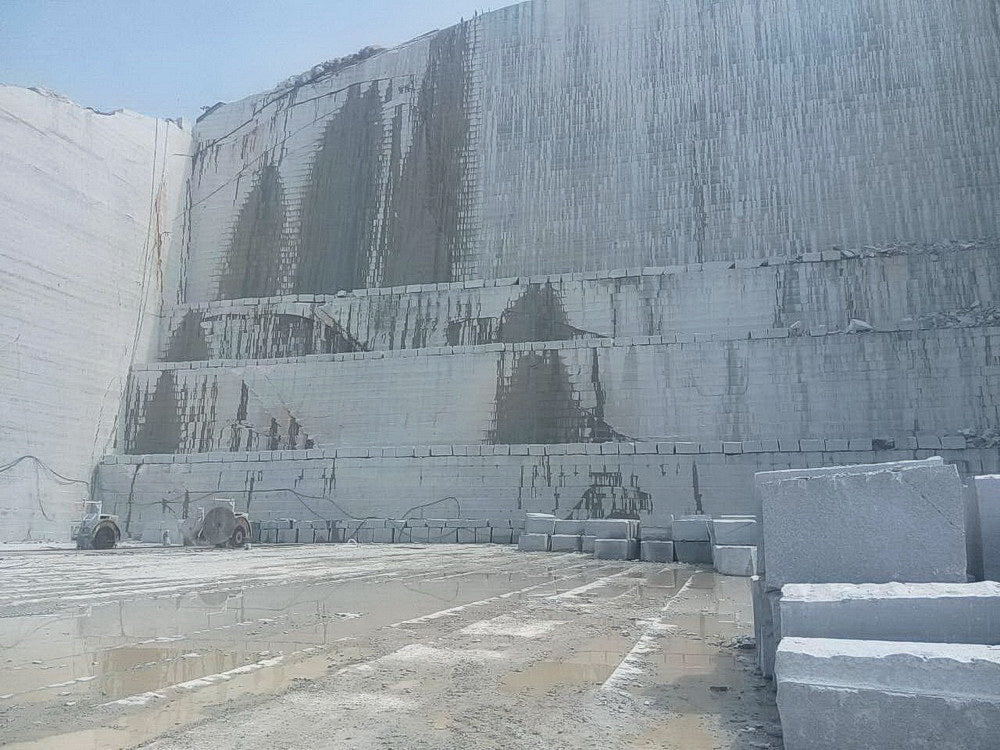Checking Out Granite Quarries in South Africa Industry: From Quarry to Work of art
Checking Out Granite Quarries in South Africa Industry: From Quarry to Work of art
Blog Article
Discovering the Rich Background and Sustainable Practices of Granite Quarrying
As we base on the precipice of uncovering the intricate tapestry of granite quarrying, a trip through time exposes not just the physical act of drawing out rock however also the social and historic value woven right into the extremely fabric of this method. From the old beginnings that laid the foundation for contemporary quarrying techniques to the lasting practices that are forming the future of this market, each carve mark on granite surfaces tells a story waiting to be discovered (granite quarries in south africa). The tradition of granite quarrying stretches much past mere extraction; it is a testimony to human resourcefulness, durability, and the long-lasting appeal of this impressive rock
Old Origins of Granite Quarrying
Dating back to old civilizations, the technique of quarrying granite has been an important part of human history and building advancement. The earliest evidence of granite quarrying go back to ancient Egypt, where massive pyramids and elaborate sculptures were crafted from this resilient rock. The Egyptians utilized primitive devices to extract granite blocks from quarries, showcasing the relevance of this product in their huge constructions.
Moving on in background, the Greeks likewise made significant payments to the quarrying of granite. The Greeks made use of granite in various architectural wonders, such as temples and sculptures, demonstrating their skill in shaping and sculpting this sturdy stone. The Romans further refined the strategies of quarrying granite, utilizing sophisticated devices like chisels and hammers to essence and form granite for their renowned frameworks.
With the centuries, the practice of quarrying granite has progressed, with contemporary technologies improving performance while preserving the timeless allure of this natural rock - granite quarries in south africa. From old worlds to modern builders, the tradition of granite quarrying proceeds to form our globe
Development of Quarrying Strategies
The advancement of quarrying methods has been noted by a continual progression in the direction of greater effectiveness and accuracy in removing granite. From the basic techniques used by our ancestors to the advanced technologies utilized in contemporary quarrying procedures, the sector has actually gone through substantial developments. Early quarrying methods entailed manual work with basic tools such as chisels, hammers, and wedges to remove granite blocks from the planet. As human beings advanced, methods like fire-setting and primitive nitroglycerins were presented to promote the removal process.
Developments in computer-controlled tools and 3D modeling have actually enhanced quarrying procedures, leading to marginal ecological effect and boosted sustainability practices. As the demand for granite proceeds to rise, the evolution of quarrying methods remains important to meeting sector requires effectively and sustainably.
Cultural Value of Granite
Granite holds a profound social value throughout various people because of its enduring visibility in building masterpieces and respected monuments. From the marvelous pyramids of Egypt to the complex carvings of the Angkor Wat holy place in Cambodia, granite has actually been a material of selection for sharing magnificence and long life in cultural heritage. In ancient Rome, granite columns decorated holy places and public structures, symbolizing strength and durability. The social significance of granite prolongs past Read Full Report its physical qualities; it symbolizes strength, security, and eternity, making it an icon of sustaining heritages and traditions.

Lasting Practices in Quarrying
Among the abundant background of granite quarrying and its social importance exists a growing emphasis on lasting techniques within the sector. As ecological awareness and worries concerning resource deficiency have increased around the world, the quarrying industry has actually progressively accepted sustainable methods to reduce its impact on the environment and bordering neighborhoods.

Moreover, improvement and rehab of quarry websites post-extraction are essential to sustainable methods. By bring back quarried areas to an all-natural or valuable state, such as creating wild animals environments or leisure spaces, quarriers can offset the environmental footprint of their operations and contribute positively to the local ecological community.
Tradition of Granite Quarrying
With a historic backdrop steeped in craftsmanship and commercial progress, what withstanding impact has granite quarrying left on the landscape of contemporary culture? The check out here heritage of granite quarrying goes beyond mere removal practices; it has shaped architectural marvels, city landscapes, and cultural heritage worldwide. The durable nature of granite has actually made it a favored selection for monuments, structures, and infrastructure, standing as a testimony to the skill and virtuosity of quarry employees throughout generations.
Moreover, the economic footprint of granite quarrying can not be overlooked. The sector continues to give employment possibility and drive neighborhood economic climates in areas where granite removal is common. It has also stimulated technological developments in quarrying methods and devices, resulting in much more effective and sustainable practices.
In terms of sustainability, the tradition of granite quarrying consists of initiatives to minimize environmental impacts via recovery projects and liable resource monitoring. By balancing financial passions with ecological stewardship, the sector strives to guarantee that future generations can continue to gain from this long-lasting natural deposit.
Final Thought

Report this page